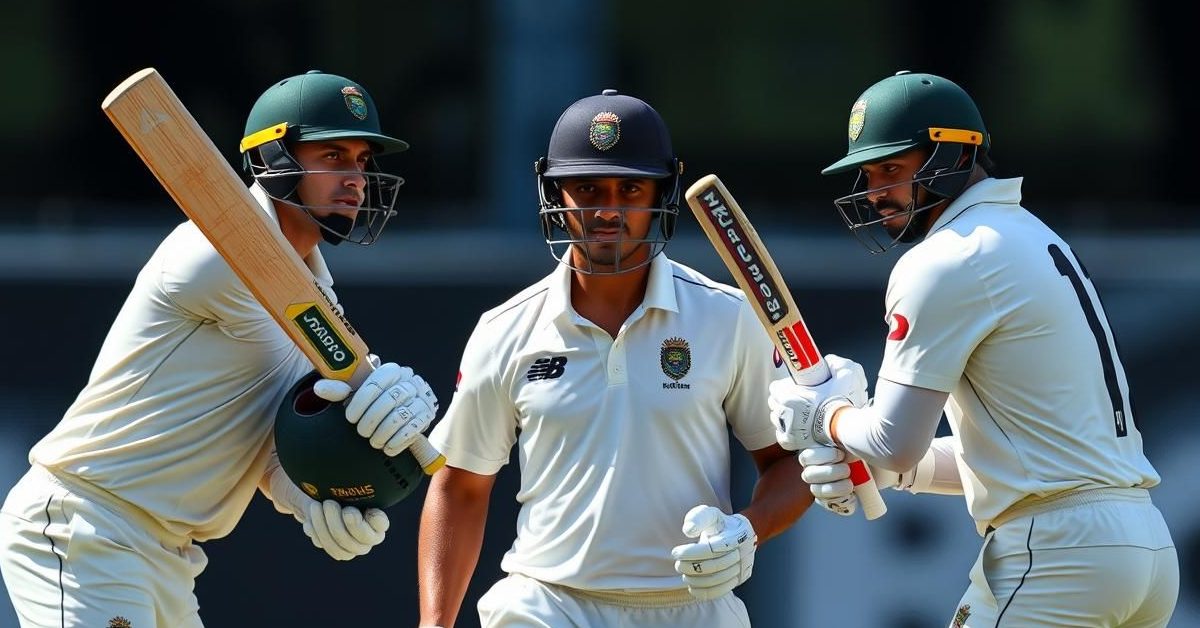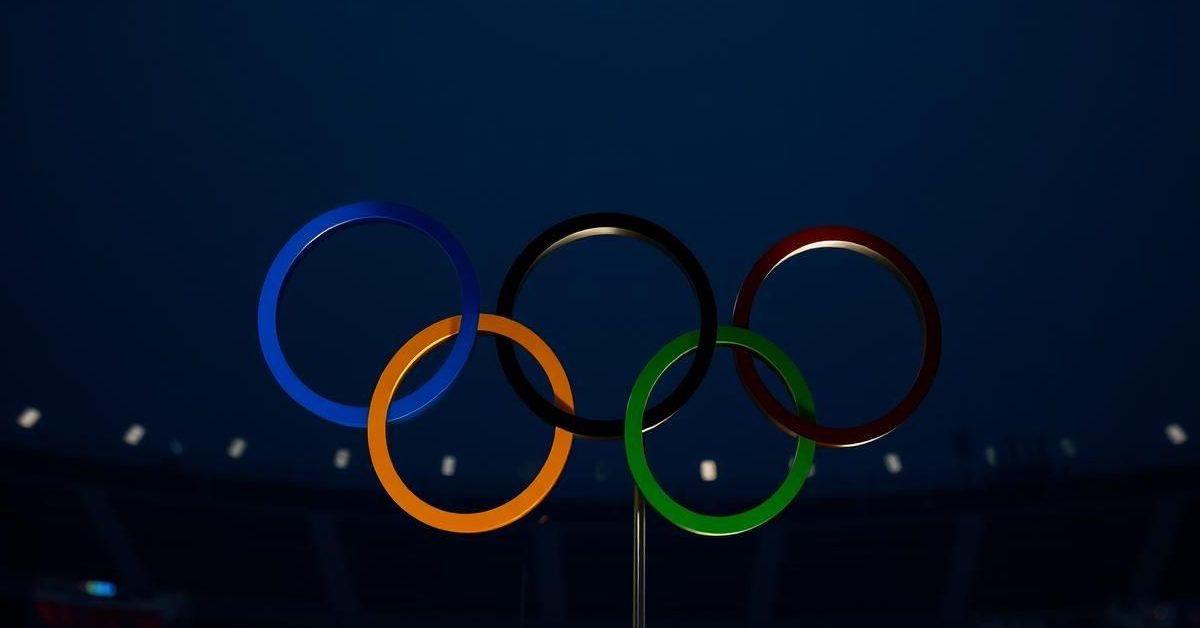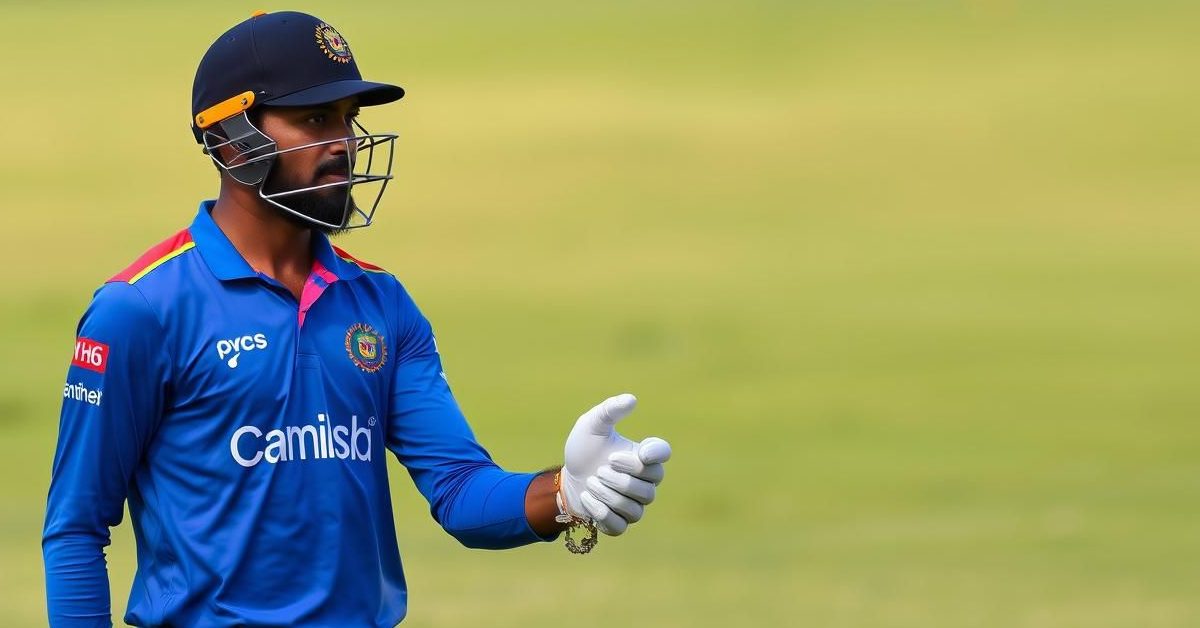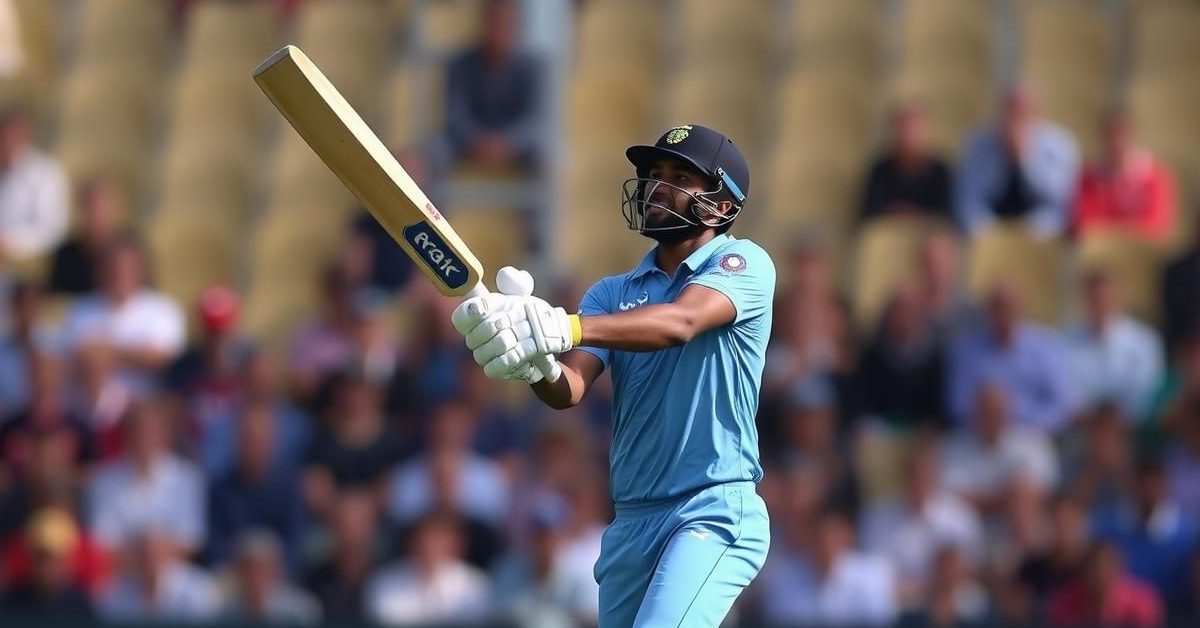The International Cricket Council (ICC) has initiated a series of significant amendments to the Laws of Cricket, particularly impacting the venerable format of Test matches. These crucial updates, aimed at streamlining gameplay and enhancing fair competition, include the highly anticipated ‘stop clock’ to combat sluggish over rates and a refined rule concerning ‘short runs’. These changes have been officially rolled out, commencing with the 2025-2027 World Test Championship cycle, which notably kicked off with the engaging first Test between Sri Lanka and Bangladesh in Galle.
Beyond these headline adjustments, a fascinating strategic element has been introduced: the fielding team now holds unprecedented power to dictate which batter will take strike in the event of a deliberate short run. This promises to add a new layer of tactical depth to the game.
The Game-Changing ‘Stop Clock’: A New Era for Test Cricket Pace
For years, the slow over rate has been a lingering frustration for cricket enthusiasts and broadcasters alike, often disrupting the flow and excitement of Test match play. The ICC’s innovative ‘stop clock’ is a direct response to this persistent challenge. Designed to inject urgency and maintain a brisk pace, this regulation mandates that the fielding side must be prepared to commence a new over within 60 seconds of the preceding one concluding.
An electronic clock, prominently displayed at the ground, will serve as the undeniable timer, counting up from zero to 60. This visual cue leaves no room for ambiguity, ensuring all teams are aware of the ticking deadline. The system incorporates a progressive penalty structure to encourage compliance and foster more disciplined play from fielding units.
Initially, teams will receive two warnings for failing to meet the 60-second deadline. However, a third infraction triggers an immediate and impactful consequence: the batting side will be awarded five penalty runs. This direct penalization is designed to be a strong deterrent, adding a tangible cost to dawdling. Importantly, these warnings are reset to zero upon the completion of 80 overs, providing a fresh slate and ensuring continuous vigilance throughout longer innings.
Strategic Shift: The ‘Deliberate Short Run’ Rule Explained
Another pivotal modification by the ICC addresses the contentious issue of the ‘short run,’ particularly focusing on instances where deception might be involved. The revised rulebook meticulously defines a “deliberate short run” as an attempt by batters to feign running more than one run, while at least one batter intentionally fails to properly ground their bat or person at one end.
This new clarification emphasizes the intent behind the action. Should an umpire perceive no intention to deceive – for instance, if a batter genuinely aborts a run – then the original play stands. However, in cases of deliberate deception, the consequences are now swift and multifaceted.
Under this updated regulation, the umpire at the bowler’s end is empowered to disallow all runs attempted during that specific delivery. Furthermore, any batter who was not out will be returned to their original end. The umpire will also signal a no-ball or wide-ball if applicable, clearly indicate a short-run to the scorers, and award a crucial five penalty runs to the fielding side. Perhaps the most intriguing strategic shift is the directive for the umpire to “request their captain to identify which of the two batters will be on strike for the next delivery.” This grants the fielding captain unprecedented tactical control, allowing them to potentially target a weaker batter or disrupt a rhythm, adding a fascinating new dimension to the cat-and-mouse game of Test cricket.
Subtle Yet Significant: Saliva Ban and Other Updates
While the ‘stop clock’ and ‘deliberate short run’ rule capture immediate attention, the ICC has also made subtle but significant adjustments regarding the use of saliva on the ball. The ban on using saliva to shine the ball, initially introduced as a temporary measure during the global pandemic, remains firmly in force. This continues to reshape how fast bowlers manipulate the ball’s swing and seam.
However, a nuanced change has been introduced: the ICC no longer mandates umpires to automatically change the ball if they discover saliva on it. This adjustment acknowledges the permanent nature of the ban while giving umpires more discretion in managing the game, potentially avoiding unnecessary interruptions for what might be an accidental or minor infraction. These combined reforms, meticulously rolled out by the ICC, underscore a clear commitment to fostering a more engaging, fair, and dynamically paced future for the sport, particularly in its purest form, Test cricket.













